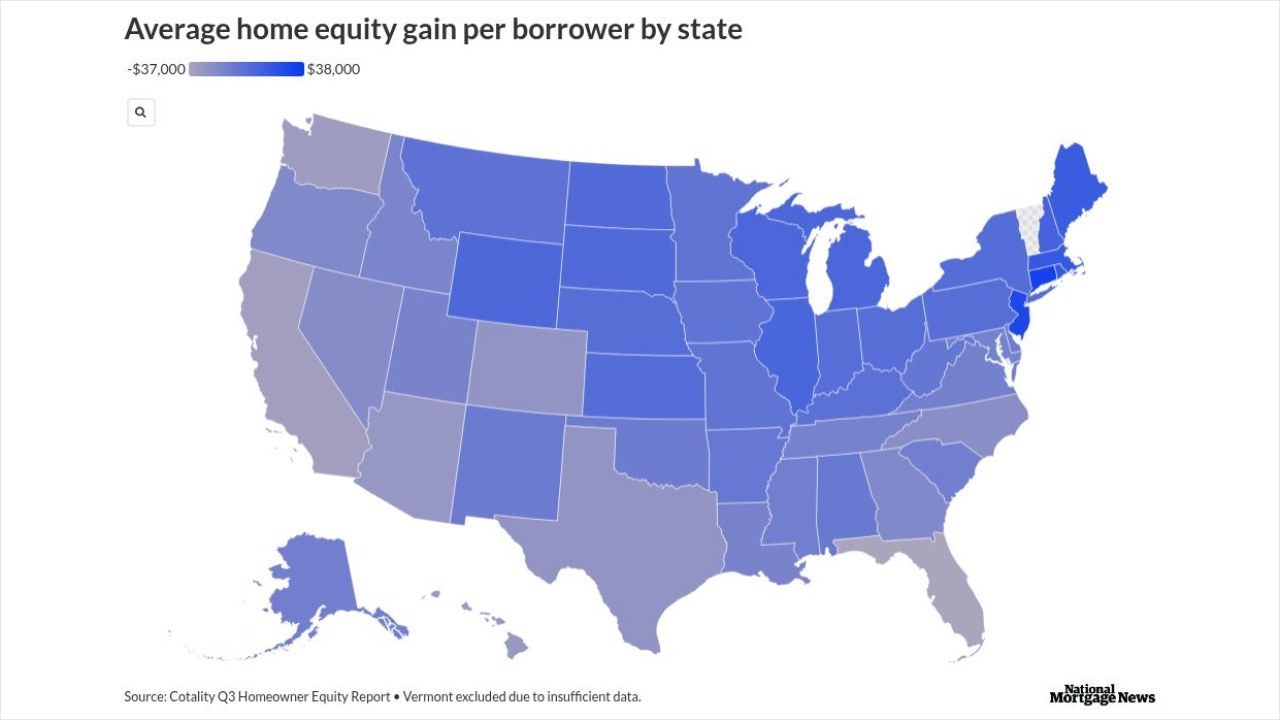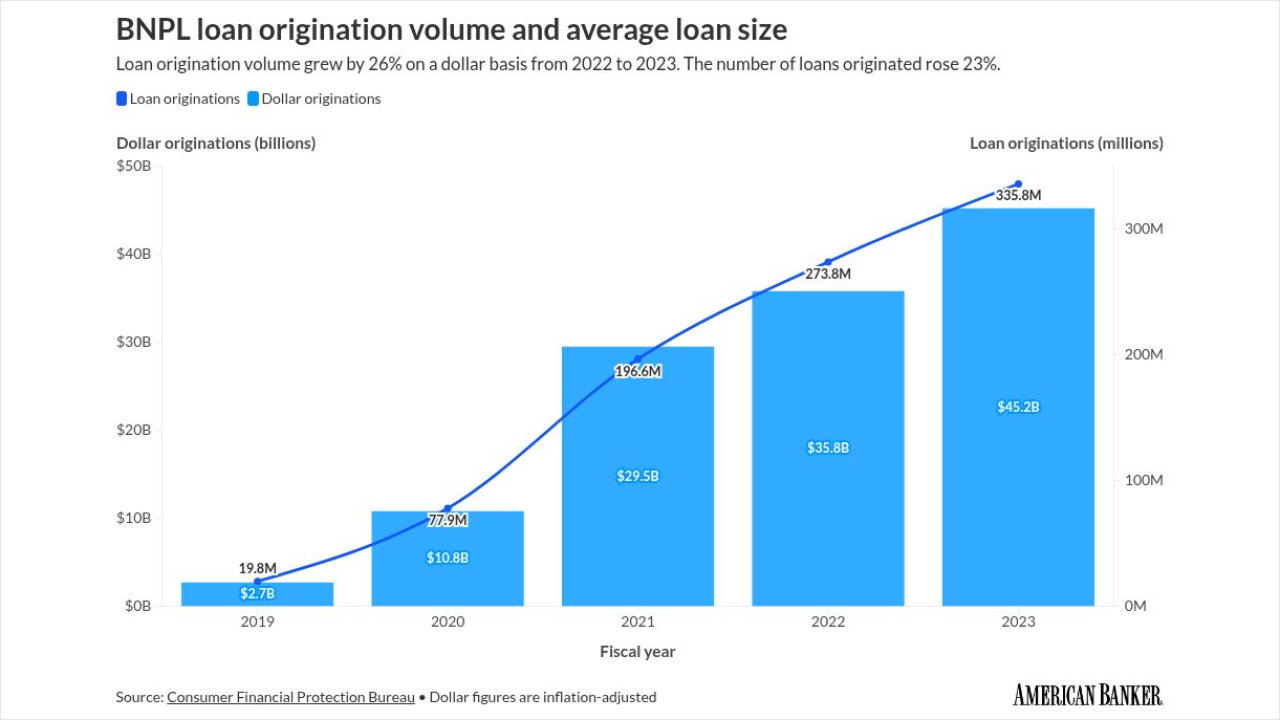Credit Acceptance is preparing to sponsor sells $500.18 million in securitized bonds from the Credit Acceptance Auto Loan Trust, 2025-1 transaction, secured by a pool of retail non-prime auto loan contracts.
The transaction sells notes through three tranches of classes A, B and C notes classes A and B have legal final maturity dates of March 15, 2035 and May 15, 2035, respectively and July 16, 2035 is the legal final maturity date for the C notes, according to Moody's.
Initial hard credit enhancement amounts to 57.0%, 43.8% and 21.6% of the class A, B and C balances, respectively, Moody's said. Also, the notes benefit from a reserve fund representing 1.60% of the pool balance.
BMO Capital Markets,
The pool is composed of dealer loans and purchased loans, and the rating agency noted that the latter are contracts purchased from dealers. In one apparent credit strength, Moody's notes, Credit Acceptance creates a month-to-month collection forecast for each transaction under the CAALT program, and it is pretty accurate. The only exception was during a three-year period, 2021-2024, when collections forecasts were tracking below the original forecasts, and that was because borrower performance had weakened across the country.
Other credit positives include a risk-mitigation loan origination program that hinges on aligning car dealers' interests with their own. This promotes long-term partnerships with dealers, according to Moody's.
Credit enhancements include over-collateralization, subordination of the junior note classes, a non-declining cash reserve account and excess spread, the rating agency said.
There is also a full-turbo feature that will kick in after a two-year revolving period, but during this period residual note holders will not get any collections during the trust's paydown period, Moody's said.
Although that two-year revolving period is an important part of the deal's credit enhancement structure, it has its own drawbacks, according to Moody's. CAALT is allowed to add new assets to the collateral pool.
There are only so many curbs to its collateral concentration limits, which could increase the variability of the pool performance, Moody's said.






